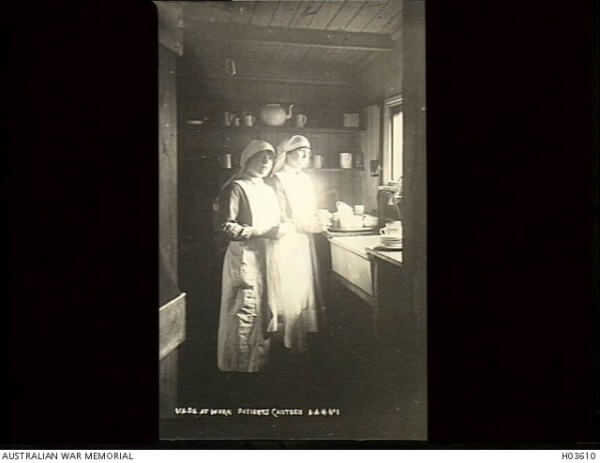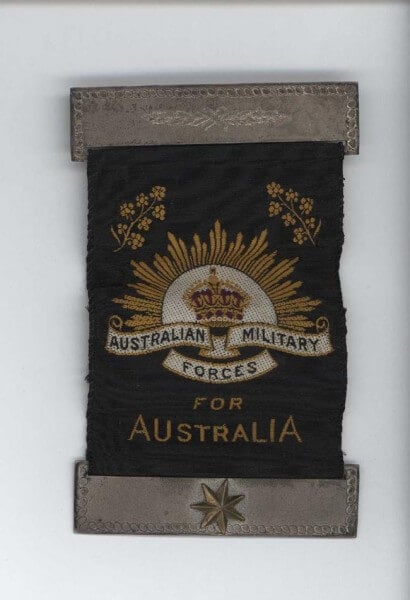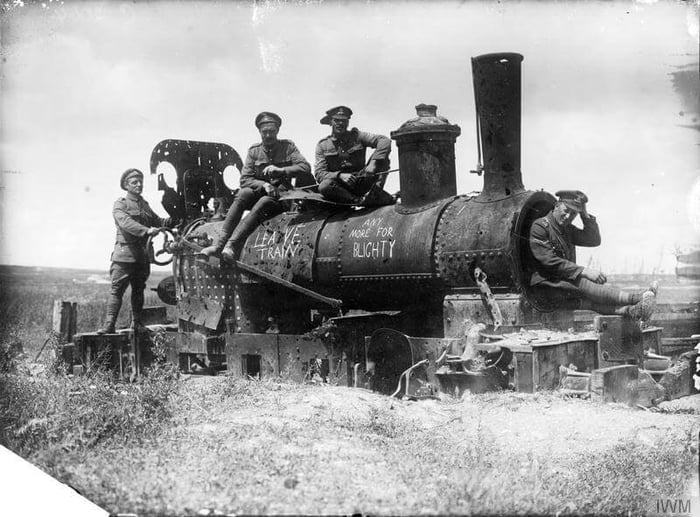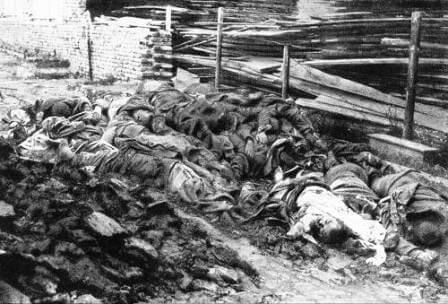
Cooking Up a Treat; Rain, Hail or Shine.
Image: Harefield, England. 1918. Two Australian Voluntary Aid Detachment members (VADs) at work in the patients’ canteen of No 1 Australian Auxiliary Hospital.
"Any housewife knows the price of food, and surely it is enough for these girls if they serve and dispense the food without having to ask for help. They do real good work, hail rain or shine, and the public should help them"
Such was the response of soldiers greeted upon their return to Australia by the women of the Voluntary Aid Detachment who served them a hot cup of tea and a hot dinner in the Harbour Board’s large shed in South Australia.
During the Great War, many Australian Women served as unpaid volunteers, both in Australia and overseas. While most worked alongside enlisted Nurses of the Australian Army Medical Corps, many worked as cooks at hospitals overseas and at home. This is thought to be the start of careers in catering for women in the Australian Army.
Working overseas in the field with the Voluntary Aid Detachment (VAD) cooks recruited by the Australian Red Cross had to learn what ‘field cooking’ meant. Their fireplace was a crude shallow trench in the form of a cross and they had to know the wind direction when they built their fire, how to ‘vary the draught’ and cook with basic utensils. The lucky few used the Travelling Army Field Kitchen Wiles cooker, an Australian-designed horse drawn wagon with a steam boiler; oven and hot and cold water tanks.
Those who cooked in Australian hospitals in England had better cooking facilities and provided meals and the essential "cup of tea" to soldiers recuperating from their wounds.
These women who served in the Great War were pioneers in Army catering. The Australian Army Catering Corps was formed during the Second World War, supplying nourishment to front line and other troops. Women were allowed to join the Corps in 1941 and 1942.











